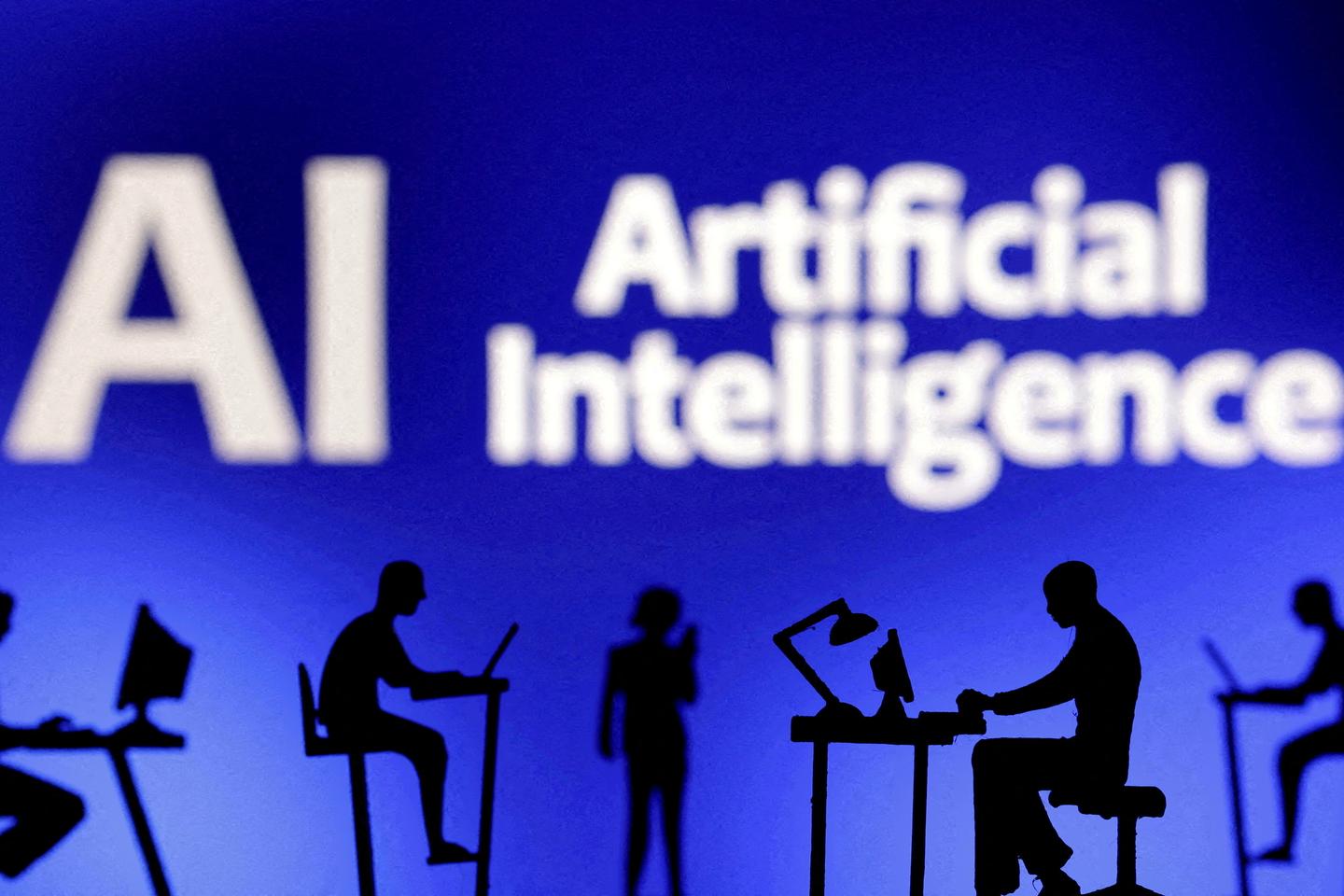


No matter what changes it brings, artificial intelligence (AI) fits into the long arc of human history. Understanding this historical dimension can help us to better critique AI, to use it more wisely – or with greater caution. AI continues the story of communication machines that began with the telegraph and, even further back, the story of animism: the tendency to imbue non-human entities that bear some resemblance to us with a human spirit.
The proliferation of debates about AI bears the marks of this history, even when they claim novelty, marvel at it, or express fear – for example, when people proclaim that AI could never replace the scholar, the artist, the philosopher, and so on, or, conversely, that it will dethrone humanity. This fear is often fueled by minor incidents, such as the case of a "Hong Kong philosopher" book generated by AI, but this says more about the shortcomings of certain types of philosophy and certain readers than it does about the strengths of AI.
Let us take a broader view. Modern technology has long given rise to ghosts in machines that produce language, regardless of the origin of that language. The past two centuries have witnessed a proliferation of "spiritual" technologies. As soon as Samuel Morse's (1791-1872) telegraph was invented, it sparked beliefs in the possibility of communicating with the dead, and even, without any device, with distant people who were barely human. Books and journals analyzed this "spiritual telegraph," imagined as connecting all of humanity into a single machine for collective thought.
The radio, before becoming a mass broadcasting machine for a well-formatted program, began as wireless telegraphy, and mysterious voices of distant humans – the dead, the disappeared – floated in the ocean of the ether, a fluid whose existence was long believed. The benevolent fairy of electricity radiated through these machines, while its promoters already knew how to hide the costs of coal power stations far from the dazzling lights.
You have 64.49% of this article left to read. The rest is for subscribers only.
